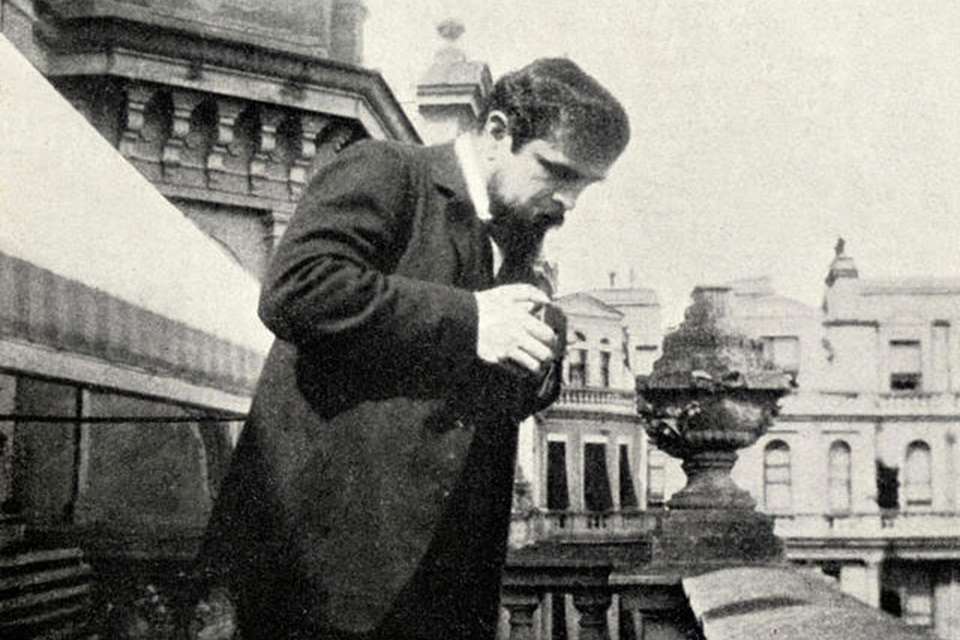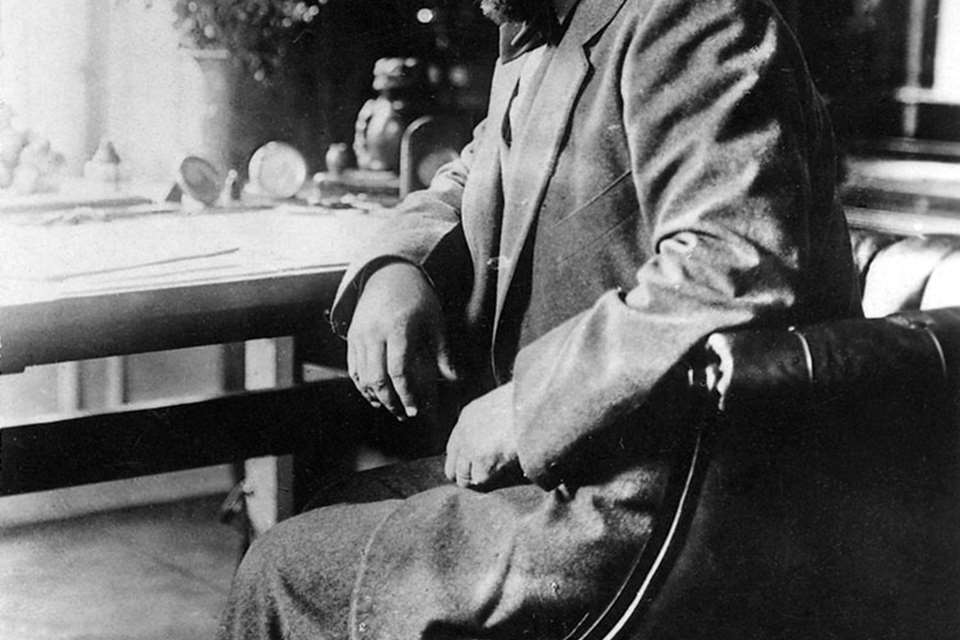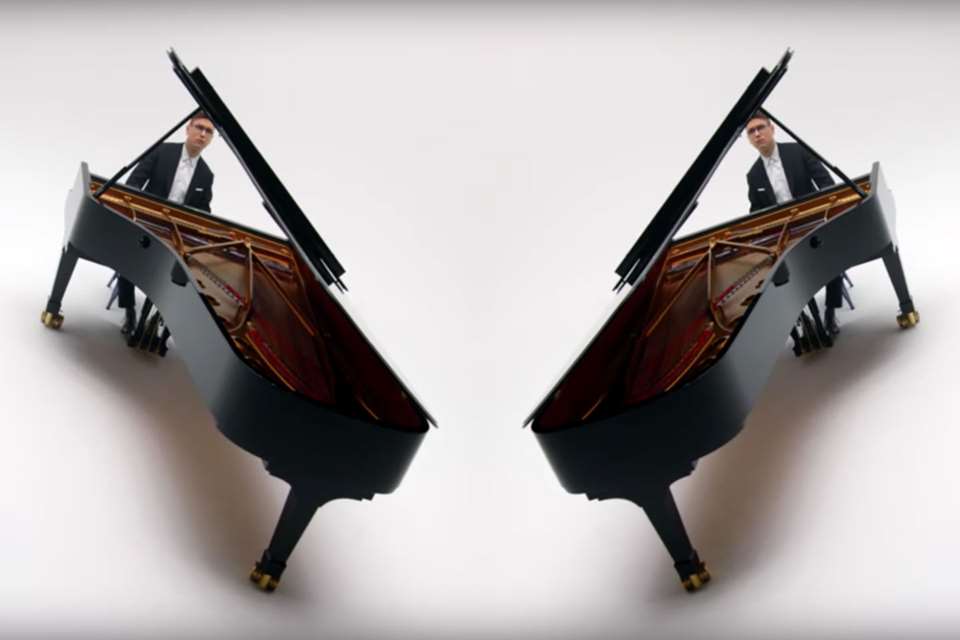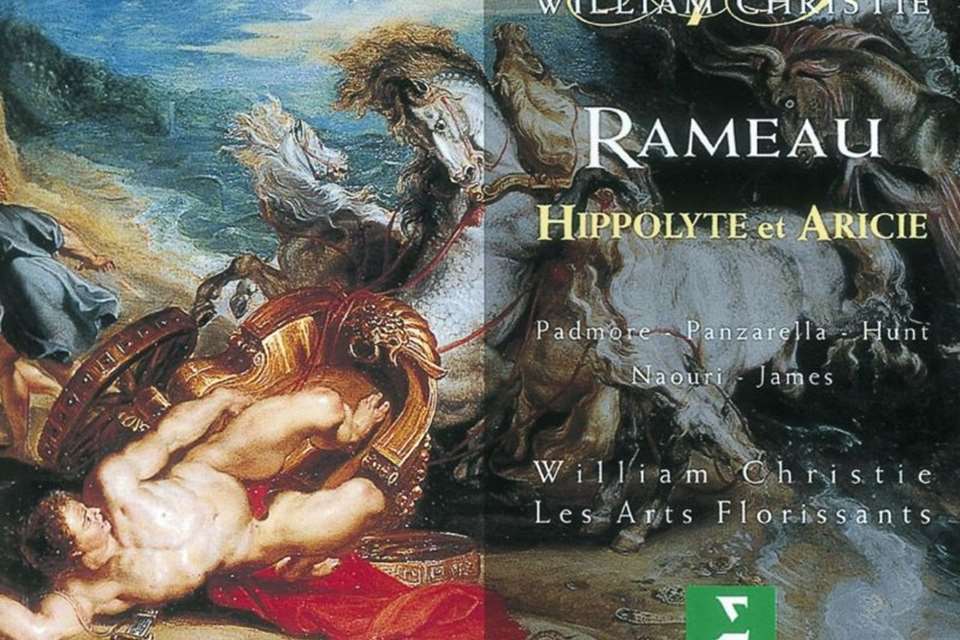Víkingur Ólafsson interview: ‘I see all music as contemporary music – I don’t make a distinction’
Martin Cullingford
Monday, April 20, 2020
As Víkingur Ólafsson records his new album of Rameau and Debussy, Martin Cullingford offers a portrait of Gramophone’s Artist of the Year at work
Register now to continue reading
Thanks for exploring the Gramophone website. Sign up for a free account today to enjoy the following benefits:
- Free access to 3 subscriber-only articles per month
- Unlimited access to our news, podcasts and awards pages
- Free weekly email newsletter












